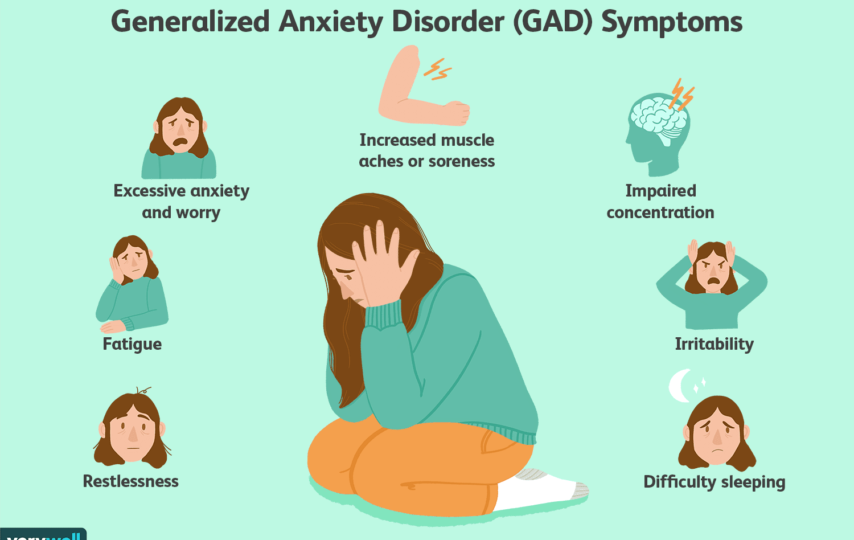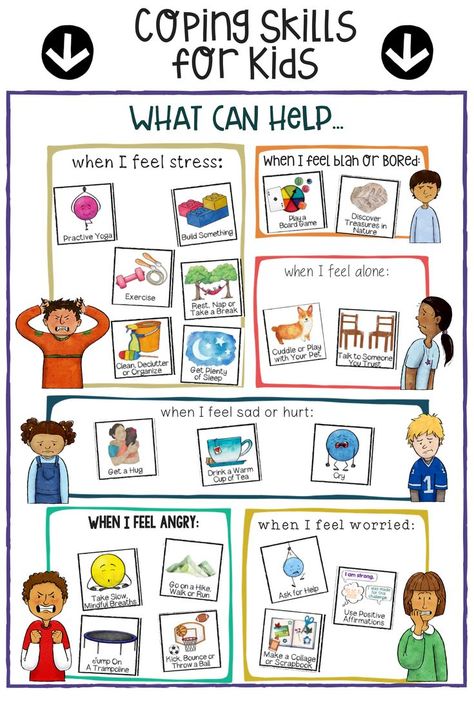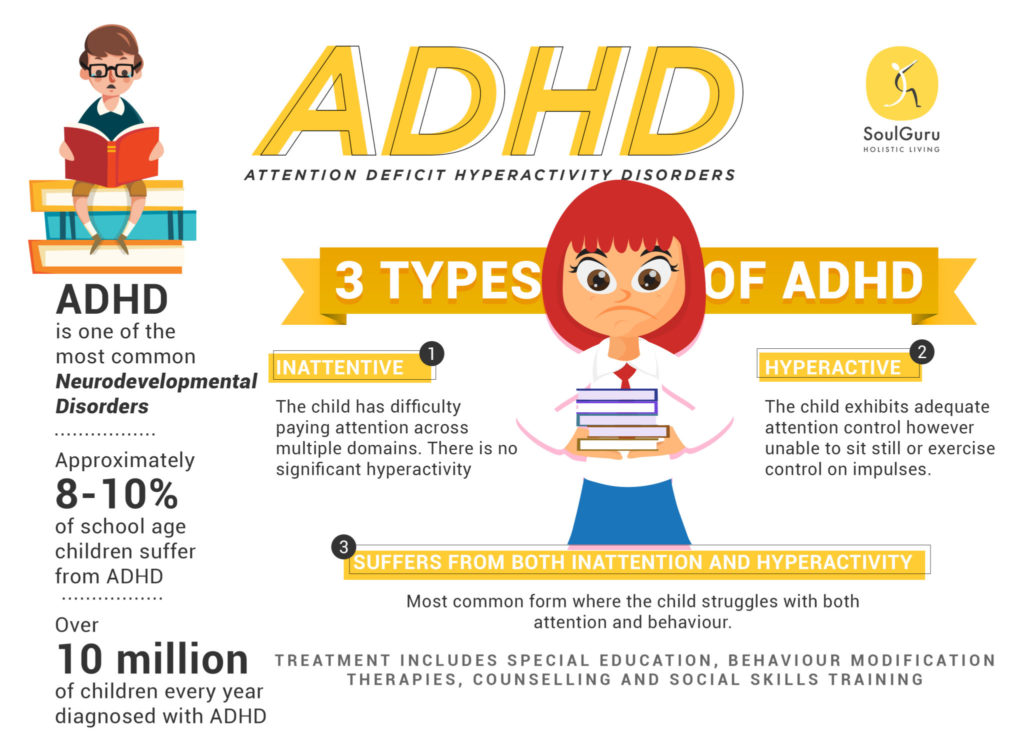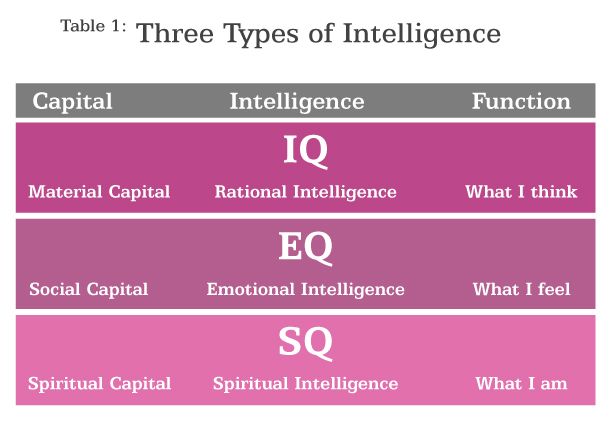Are chills a symptom of anxiety
How Your Anxiety Might Be Affecting You Physically
As we’ve expanded our knowledge on the human body over the years, one conclusion we’ve reached is that the mind and body have a complex connection, but a connection nonetheless. When it comes to our mental health, the symptoms that we feel certainly affect our mood, behavior, and emotional processing. But what about the times that we feel a negative impact on our bodies?
When we consider conditions such as anxiety, a lot of us can probably think of how our nerves or worries make us physically feel. Maybe you feel sick to your stomach. Maybe you sweat or feel your heart rate increase. A lot of us have and will experience feelings of anxiety from time to time that affect us mentally and physically. For many others who struggle with an anxiety disorder, the vast effects it can have on the mind and the body can result in distress and challenges in daily life. Regardless of the extent to which you experience anxiety in your life, it is important to understand not only the symptoms we experience mentally, but the physical ones as well.
What Are the Physical Symptoms of Anxiety?
Anxiety isn’t just in your head...you might actually feel it physically.
When it comes to anxiety, there are some hallmark symptoms that come to mind: restlessness, irritability, excessive worry, racing thoughts, inability to concentrate. These symptoms certainly cause a lot of distress, but are mostly localized to the mind and our overall disposition. It is crucial to have an awareness that these symptoms help to define anxiety and related disorders, however it is just as important to gain an understanding of how anxiety can have an impact on you physically. So what are the physical symptoms of anxiety? Though this is not an exhaustive list, here are some common physical symptoms of anxiety:
- Gastrointestinal (GI) Symptoms. You can experience a variety of sensations within your GI system including nausea, stomach pain, problems with digestion, difficulty eating, and even excessive gas.
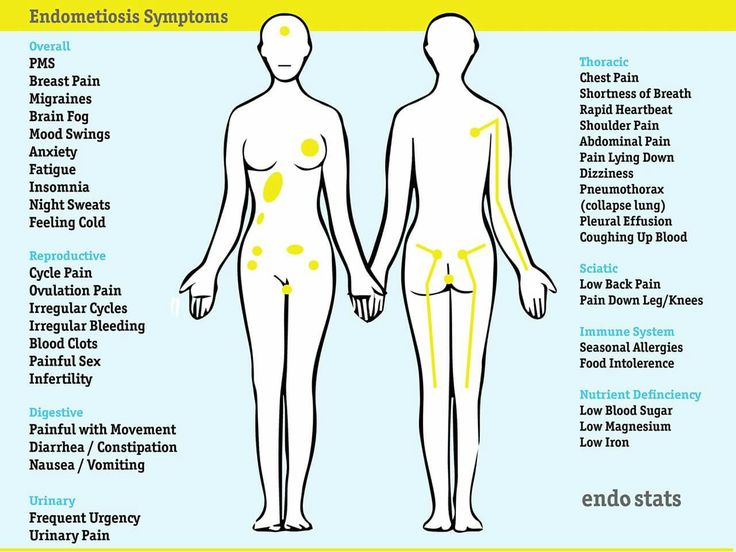
- Sleep Issues. Insomnia is a common symptom of anxiety. Other difficulties with sleeping include waking up frequently throughout the night or having problems staying asleep.
- Various Forms of Pain. Headaches tend to be a common physical symptom of anxiety. But there can also be more general effects in the musculature such as muscle tension and pain
- Skin Issues. Think of the relationship between your skin and emotions in terms of blushing when you are around a love interest or when you receive a nice compliment. In the same way, anxiety can affect your skin. It turns out you can actually get strange rashes, eczema, or other flare-ups as a result of your anxiety.
- Effects on the Autonomic Nervous System. Quite a bit of physical symptoms actually fall under this category. The ANS controls a lot of the more automatic processes that happen in our bodies. Anxiety can cause you to: breathe shorter and more rapidly, have a pounding or increased heart rate, tremble or shake, sweat excessively, and yawn more often.
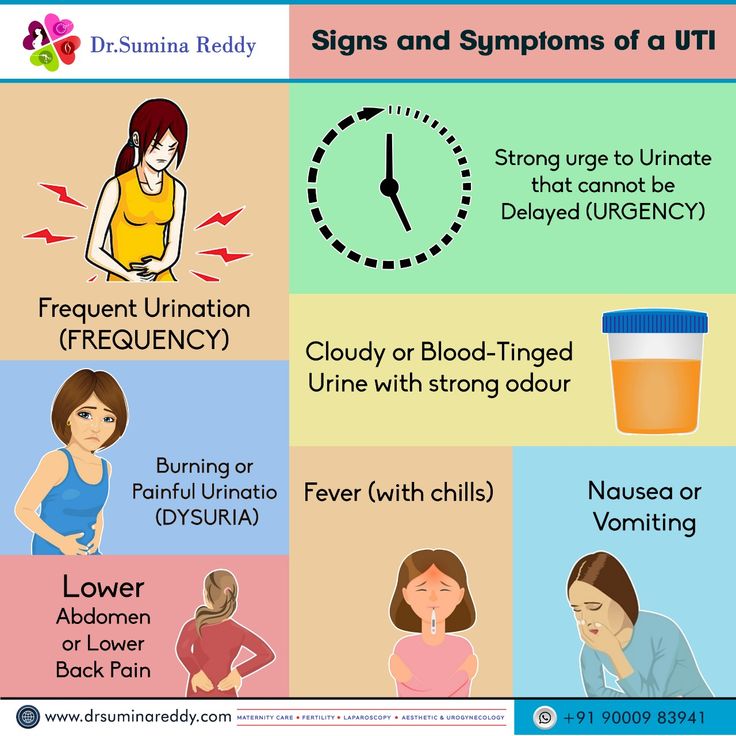
When your body feels threatened or under a great deal of stress, it undergoes something called the “fight or flight response.” This is a natural reaction that has been preserved over the course of evolution and dates back to when our ancestors were under physical threat by predators in the wild. It results in a number of physical responses in the body that include advantageous things like dilated pupils and directing our circulation away from processes like digestion and toward our muscles and other components of the body that are more helpful for immediate survival. Believe it or not though, our feelings of anxiety can actually trigger this response within our body, creating a number of unwanted symptoms (some of which are mentioned in the list above). These physical symptoms, among others, can be challenging to deal with in one’s daily life.
The physical symptoms that can be caused by anxiety are equally as troubling as the mental symptoms for a lot of people. Feeling like you are struggling to breathe and feeling like your heart is racing are two common physical effects that your anxiety could have on your body.
Can Anxiety Make You Cold?
Cold sensations and chills are actually a common physical symptom of anxiety
Yet another interesting physical effect of anxiety is its ability to alter how our body temperature feels. Feeling chilled or having cold sensations is an especially confusing physical symptom that can result from anxiety, and it thus deserves some special attention in order to understand how something as simple as feeling cold can actually be a consequence of your mood and emotions.
Interestingly enough there are even multiple different reasons that your anxiety could be making you feel cold. Here are some of the ways we know that cold sensations and anxiety are associated:
- It’s related to sweating. Though it sounds kind of paradoxical, the sweating symptom that can occur with anxiety might actually be what’s making you cold. As we mentioned before, anxiety is kind of like a fight or flight response, but it’s often a poor one.
 When your body naturally heats up as a result and probably produces some sweat, coming across cold air can make you feel pretty cold. So anxiety can essentially cause hot and cold sensations, but when the process of heating up is less noticeable, it’s the feelings of cold that we tend to focus on.
When your body naturally heats up as a result and probably produces some sweat, coming across cold air can make you feel pretty cold. So anxiety can essentially cause hot and cold sensations, but when the process of heating up is less noticeable, it’s the feelings of cold that we tend to focus on. - There’s poor circulation in your extremities. When your hands and feet are cold, it can feel like your entire body is cold. Essentially, anxiety can cause us to hyperventilate and consequently our blood flows less efficiently. Blood flow is also directed toward our larger organs that are more crucial to survival, and thus our extremities are left with sensations of being cold.
- It could be fear causing your chills. This is especially relevant to people who struggle with panic disorder and experience panic attacks or fear of having them. It is a complicated reaction that isn’t entirely understood, but something about the rush of adrenaline that accompanies a sudden fight or flight response can cause a chill or shiver down your spine.

- You might be more sensitive to feeling cold. People who struggle with anxiety are often more sensitive than the average person to bodily sensations. Whereas some people might ignore particular physical sensations, anxious individuals may be hyper focused on them. Feeling slightly cold in general can spike your anxiety in terms of wondering if something is wrong, and thus it becomes a cycle.
I Have My Ways Of Dealing With My Psychological Symptoms, So How Can I Treat the Physical Ones?
How to manage the physical effects that anxiety has on your body.
As we’ve mentioned previously, the physical effects that anxiety can have on the body are often just as challenging to deal with as the effect it has mentally.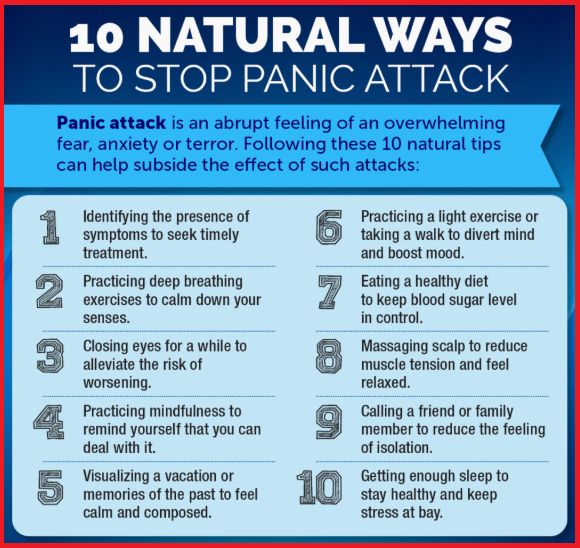 Thankfully, there are still plenty of self-care related adjustments you can make in your life in order to cope with the physical symptoms of anxiety. Here are just a few suggestions in terms of managing your symptoms:
Thankfully, there are still plenty of self-care related adjustments you can make in your life in order to cope with the physical symptoms of anxiety. Here are just a few suggestions in terms of managing your symptoms:
- Maintaining a healthy diet. Try limiting your sugar and carb intake as much as you can and opt for healthier choices that will provide your body with more energy like high fiber and unsaturated fats. You’ll also want to avoid substances that could actually make your anxiety worse, such as alcohol, caffeine, and nicotine.
- Being physically active. Frequent exercise not only helps release chemicals that can boost your mood and allow you to feel happier, but it’s also great for your physical health. While reducing your stress in general and also strengthening your body physically, exercising is a great coping strategy to reduce a variety of symptoms. It can also help improve your sleep!
- Utilizing relaxation techniques.
 Yoga and meditation are just two examples of relaxation strategies that you can try. Breathing exercises are great for calming down, and can actually relax the body physically such as by slowing heart rate. Relaxation and mindfulness techniques are a great way to relieve stress and physical tension in the body, and also distract and ground oneself mentally.
Yoga and meditation are just two examples of relaxation strategies that you can try. Breathing exercises are great for calming down, and can actually relax the body physically such as by slowing heart rate. Relaxation and mindfulness techniques are a great way to relieve stress and physical tension in the body, and also distract and ground oneself mentally.
The extensive impact that anxiety can have on the body both mentally and physically can be troubling and intimidating to deal with. Symptoms like headaches or feeling cold can be associated with your anxiety, even though you might want to attribute them to other reasons. The good news is, having an awareness of the physical symptoms anxiety can cause is one step in the right direction in terms of reducing your symptoms. More importantly, having an idea of how you can encompass a variety of symptoms in your self-care or treatment plan will ultimately help you reduce the stress and challenges you experience in your daily life.
More importantly, having an idea of how you can encompass a variety of symptoms in your self-care or treatment plan will ultimately help you reduce the stress and challenges you experience in your daily life.
Causes and How To Cope
When we’re anxious, our bodies go into fight, flight, or freeze response to regulate our temperature, which may result in chills.
Chills affect us all at different points in our lives. Often, this is our body’s response to being cold. But you might not know that chills can also be a symptom of anxiety. Physiological reactions to anxiety can cause your blood to flow less efficiently and, therefore, leave you with chills.
If you have chills from anxiety, you can begin to feel shaky and start to shiver. Because of these symptoms, you may think you have no control over your body when anxious.
If you experience chills as a symptom of anxiety, you’re not alone. There are strategies to help you manage this symptom.
Yes, anxiety produces various physiological symptoms, including chills.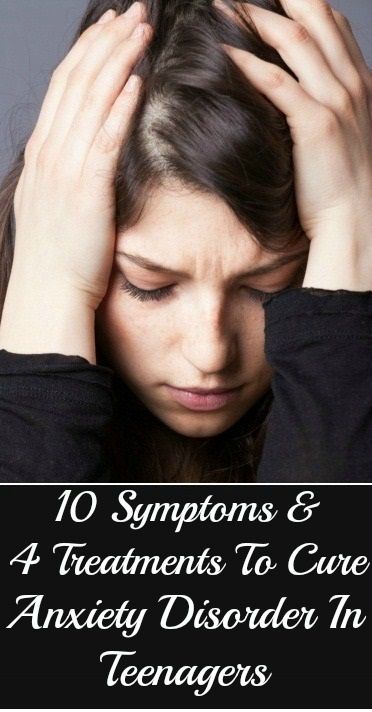 Still, chills occur only during specific forms of anxiety, not all of them.
Still, chills occur only during specific forms of anxiety, not all of them.
If you have anxiety chills, you may experience:
- shivering
- shaking
- cold flashes
- sweating
How does this happen? When you’re anxious, your body’s regulation of temperature might promote and prevent heat loss simultaneously — the sensation results in chills or sweating, according to one review.
The body can often heat up during many types of anxiety but may feel chilly only during panic or specific phobias.
Anxiety chills might occur during specific types of anxiety, such as flying phobia and panic attack symptoms, but not other forms of anxiety.
Your brain also jumps into the fight, flight, or freeze response to protect you. For example, if you suddenly become drenched in sweat and then shiver when you’re anxious, your brain is trying to regulate what is happening within your body.
“It’s possible that anxiety chills could be misinterpreted sensations occurring along with physical fight or flight sensations of anxiety (e.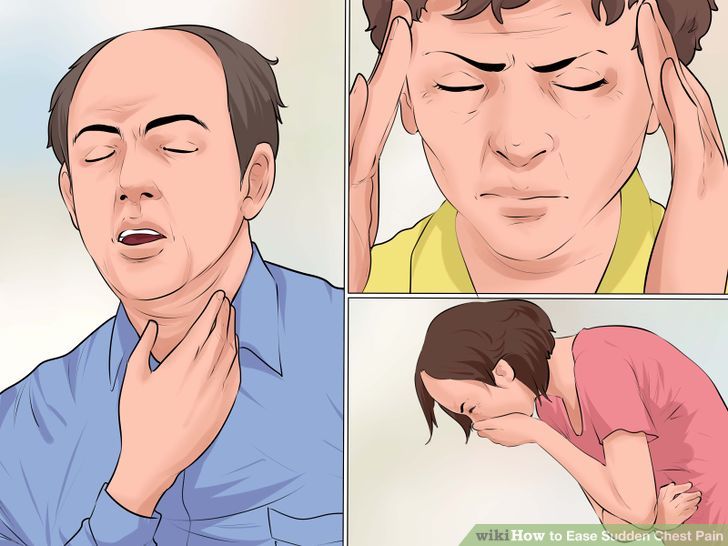 g., feeling keyed up, hyperarousal, etc), in which physical tension and feeling ‘shaky’ leads one to think they are experiencing chills,” says Matthew Boland, PhD, a clinical psychologist in Reno, Nevada, and a member of Psych Central’s Medical Affairs Team.
g., feeling keyed up, hyperarousal, etc), in which physical tension and feeling ‘shaky’ leads one to think they are experiencing chills,” says Matthew Boland, PhD, a clinical psychologist in Reno, Nevada, and a member of Psych Central’s Medical Affairs Team.
“This is consistent with the idea that those who experience anxiety often have difficulty accurately interpreting physical sensations in the body,” adds Boland.
Physical symptoms associated with anxiety are often missed in primary care settings or misdiagnosed as other conditions. In some cases, anxiety occurs with other medical conditions, making it difficult to distinguish between a mental health condition or a physical one.
Some common physical symptoms of anxiety are:
- indigestion
- sweating
- keyed up and on edge
- abdominal pain
- fatigue
- dizziness
- insomnia
- headaches
- chest pain
- hyperarousal
According to the chart below, panic attacks, anxiety, and COVID-19 share some symptoms.
Anxiety symptoms
- insomnia
- indigestion
- sweating
- abdominal pain
- dizziness
- racing heart
Both
- headache
- chest pain
- nausea
- vomiting
- fatigue
COVID-19 symptoms
- fever
- cough
- loss of taste or smell
- sore throat
- congestion
- runny Nose
- diarrhea
Managing the physical symptoms of anxiety could lead you to a healthier life. Several strategies have been effective in relieving anxiety.
Pharmological treatment for anxiety
Several types of medications have helped treat anxiety. Typical medications used in anxiety treatment include:
- benzodiazepines
- anxiolytics (e.g., buspirone)
- tricyclic antidepressants
- MAO inhibitors (MAOI)
- selective serotonin reuptake inhibitors (SSRI)
If you’re considering medication for the treatment of anxiety, consider talking with a doctor about your symptoms.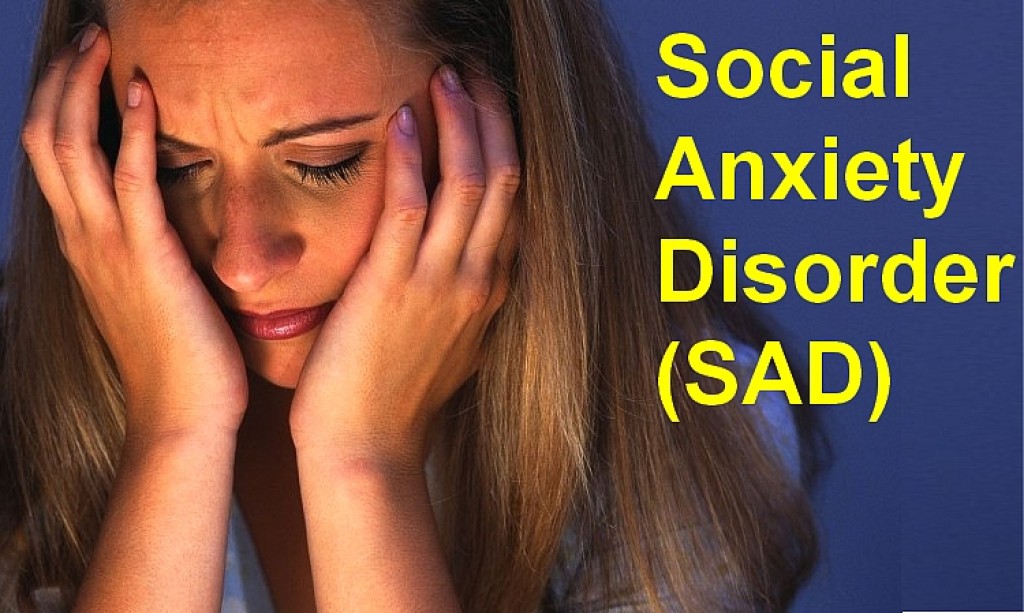 Also, it’s important to remember that medication isn’t suitable for everyone. You may respond to medication differently than another person.
Also, it’s important to remember that medication isn’t suitable for everyone. You may respond to medication differently than another person.
Therapy
Therapy is another option in the treatment of anxiety. Therapy for anxiety may include:
- cogntive behavioral therapy (CBT)
- exposure therapy
- psychodynamic psychotherapy
Though this list isn’t extensive, these therapy methods are evidence-based treatments for anxiety disorders.
Using coping skills at home
You can use several strategies at home to help reduce anxiety. When you are experiencing physical symptoms of anxiety, it can be noticeable to others and you may feel embarrassed.
Some helpful strategies for managing physical symptoms of anxiety:
- deep breathing exercises
- practicing progressive muscle relaxation
- using imagery techniques
- practicing yoga
- seeking out positive supports
- mindfulness meditation
Medication, therapy, and using coping skills, alone or in combination, can help you find relief from the effects of anxiety. Learning and applying coping skills gets easier the more that you practice them.
Learning and applying coping skills gets easier the more that you practice them.
If you are overwhelmed by anxiety or panic attacks that cause physical symptoms, you’re not alone. Speaking with a therapist can help. You can find a therapist here.
Consider checking out your local NAMI chapter to find resources near you.
For more information on anxiety and its physical symptoms:
- National Alliance for Mental Illness
- Anxiety & Depression Association of America
- The Tribe Wellness Community
The Psych Central anxiety hub can help you manage your symptoms. You don’t have to go through anxiety alone.
treatment, how to get rid of anxiety, how to deal with anxiety for no reason
Anxiety is a negatively colored mood with feelings of worry, tension, and fear. In moderation, such emotions are useful: they help to mobilize forces and find a way out of extreme situations. But there must be grounds for concern, and normally it lasts a limited period of time.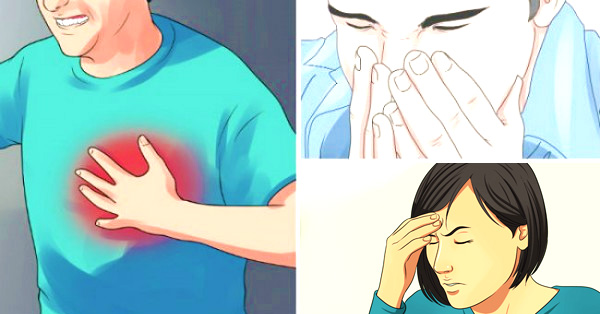
If a person constantly experiences a feeling of anxiety and anxiety for no reason, this may indicate the presence of a mental disorder. In the absence of help, constant tension wears out the nervous system and the body as a whole, which leads to a breakdown in adaptation mechanisms and the development of chronic diseases.
If you notice that you cannot relax for a long time, then you should think about visiting a specialist.
In pathological cases, a state of anxiety and restlessness without a cause manifests itself both mentally and physically.
Mental symptoms:
- constant feeling of fear and excitement for no reason,
- poor concentration and attention,
- sleep disorders,
- emotional lability, irritability, tearfulness,
- inability to relax and fully engage in daily activities or communication,
- the need to reassure others that everything is okay. At the same time, words of support do not bring relief.
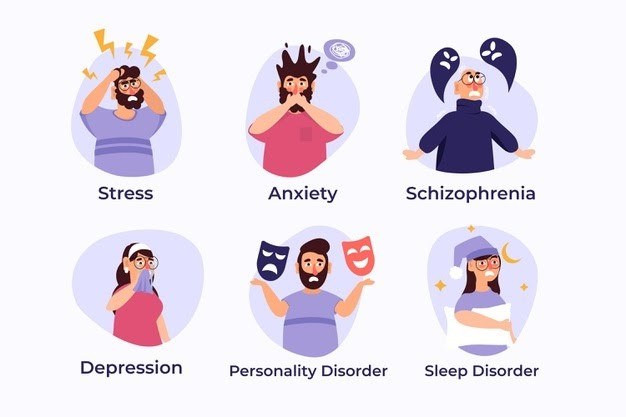
Physical symptoms:
- rapid breathing and heartbeat,
- headaches, pain in the abdomen and in the region of the heart,
- excessive sweating,
- eating disorders: increased or loss of appetite,
- weakness,
- shivering, chills,
- stool disorders: frequent urge, constipation,
- feeling short of breath,
- nausea,
- muscle spasms and pain.
Unreasonable anxiety and anxiety increase or smooth out from time to time. Exacerbations often accompany stress: conflicts, important events, illness. Normally, a person recovers quickly after the situation is resolved, but when upset, negative emotions do not go away.
The intensity of anxiety varies from mild to severe. The extreme is panic. If you ignore an anxiety state for a long time for no reason, then panic attacks can join it. They overtake unexpectedly and sometimes without a good enough reason, but after this episode, a person begins to avoid situations similar to the one in which it happened: public transport, an elevator, or just a crowd of people. This greatly reduces the quality of life and can lead to social isolation.
This greatly reduces the quality of life and can lead to social isolation.
Causes of causeless anxiety and anxiety
The occurrence of anxiety disorder is influenced by heredity. It has been found that certain brain structures and features of biological processes play an important role in the emergence of fear and anxiety. Personal characteristics, somatic health problems, lifestyle and various types of addictions also matter. Sometimes there is no cause for causeless anxiety and worry. Negative feelings usually have a trigger - an event or thought that causes an anxious response. However, most people are not aware of their triggers and believe that their emotions are groundless. In this case, only a specialist will help to understand why excitement arises for no reason.
There are a number of diseases, the symptoms of which are constant anxiety. With causeless fear and anxiety, the reasons may be as follows:
- Generalized Anxiety Disorder: Persistent nervousness and worry over small things that are usually visible to others and last 6 or more months.
 It starts in adolescence and intensifies with age.
It starts in adolescence and intensifies with age. - Obsessive-compulsive disorder: obsessive thoughts and fears that are accompanied by obsessive actions that do not bring relief. Obsessive-compulsive disorder is distinguished - a person is indomitably haunted by memories that reproduce a traumatic situation.
- Phobias: irrational fear of any, even mundane, things. Accompanied by uncontrolled panic and physical manifestations.
- Panic attack - an excruciating and sudden attack of panic, which is accompanied by a fear of death and vivid somatic symptoms. The regular occurrence of panic attacks means the development of a panic disorder.
- Post-traumatic stress disorder: occurs after a severe traumatic situation and is accompanied by high levels of anxiety, avoidance and flashbacks.
These are the most common examples, but pathological anxiety can be a symptom of other disorders or the result of a failed stress management. If you want to understand why there is a feeling of anxiety for no reason, you should consult a doctor.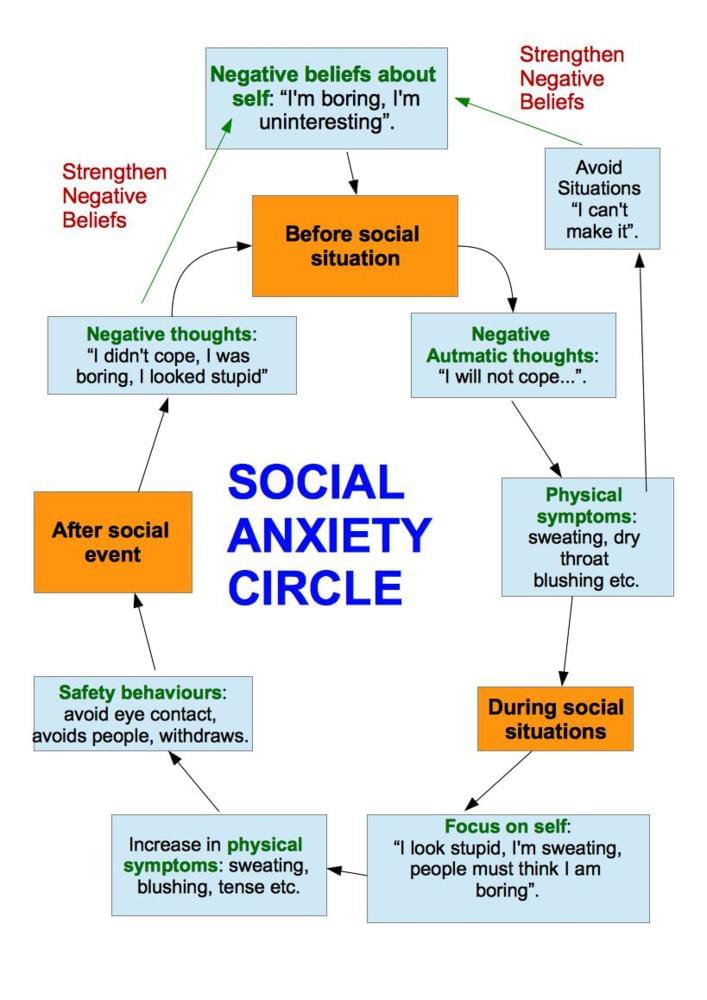 Without clarifying the main factor and working on it, it is impossible to restore health and peace of mind.
Without clarifying the main factor and working on it, it is impossible to restore health and peace of mind.
What to do with causeless anxiety and anxiety
It is difficult to live in constant stress. If you experience causeless anxiety and fear of what to do, the following list will tell you:
- Talk to someone you trust. This could be a relative, a close friend, a therapist, or a helpline employee. People are social creatures, so communication is a good way to relieve internal tension.
- Find a way to calm down quickly. There is not always a person with whom you can share. Therefore, it is important to find a suitable method that will help you relax: breathing techniques, soothing music, aromatherapy, self-massage, and more. If you cannot independently choose a technique that quickly helps with anxiety for no reason, a specialist will tell you what to do.
- Add physical activity to your life. It is a natural and effective remedy for anxiety.
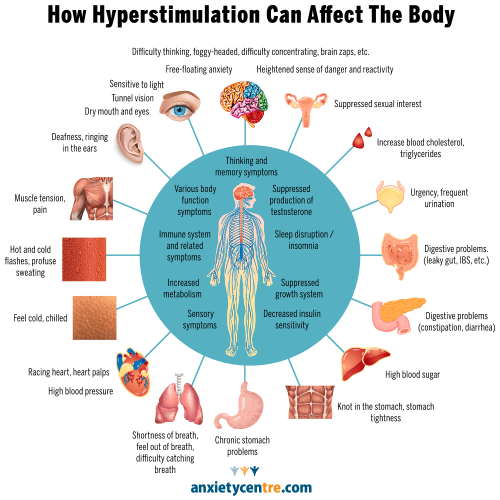 Moderate sport relieves stress, lowers stress hormones, and strengthens the nervous system. Get at least 30 minutes of physical exercise a day.
Moderate sport relieves stress, lowers stress hormones, and strengthens the nervous system. Get at least 30 minutes of physical exercise a day. - Normalization of lifestyle. Get enough sleep, eat well, give up bad habits. This stabilizes physical performance and neurotransmitter levels, which helps maintain emotional balance.
- Start keeping a diary. Notes help identify patterns of anxiety flare-ups, understand the causes, and notice early signs of their occurrence. Also, thanks to this, you will begin to focus more on positive events that you might not have noticed before.
With excitement for no reason, everyone who regularly encounters this wants to know what to do. There is no universal method, however, the 5 steps listed above are recommended for every person with increased anxiety. This may be enough to alleviate symptoms. But if self-help techniques do not give the desired effect, then with a regularly occurring feeling of anxiety for no reason, you need to find out from a specialist what to do.
Treatment of causeless feelings of anxiety and restlessness
Regardless of the cause of pathological anxiety, professional help is the only complete method to eliminate the problem. If you have constant excitement and anxiety for no reason, you can quickly and effectively learn from a psychiatrist or psychotherapist how to get rid of this condition.
Due to the diversity of anxiety disorders, their therapy must be adapted to the individual clinical picture and diagnosis. Therefore, only a highly qualified specialist who has experience working with different types of anxiety conditions can tell you how to get rid of an anxiety state for no reason. For example, the therapy algorithm for a patient with obsessive-compulsive disorder (OCD) is different from the help for panic attacks.
For a state of anxiety and anxiety without a cause, treatment includes the following approaches:
- Psychotherapy. The most promising direction, which not only eliminates the symptom, but identifies the cause and fights it.
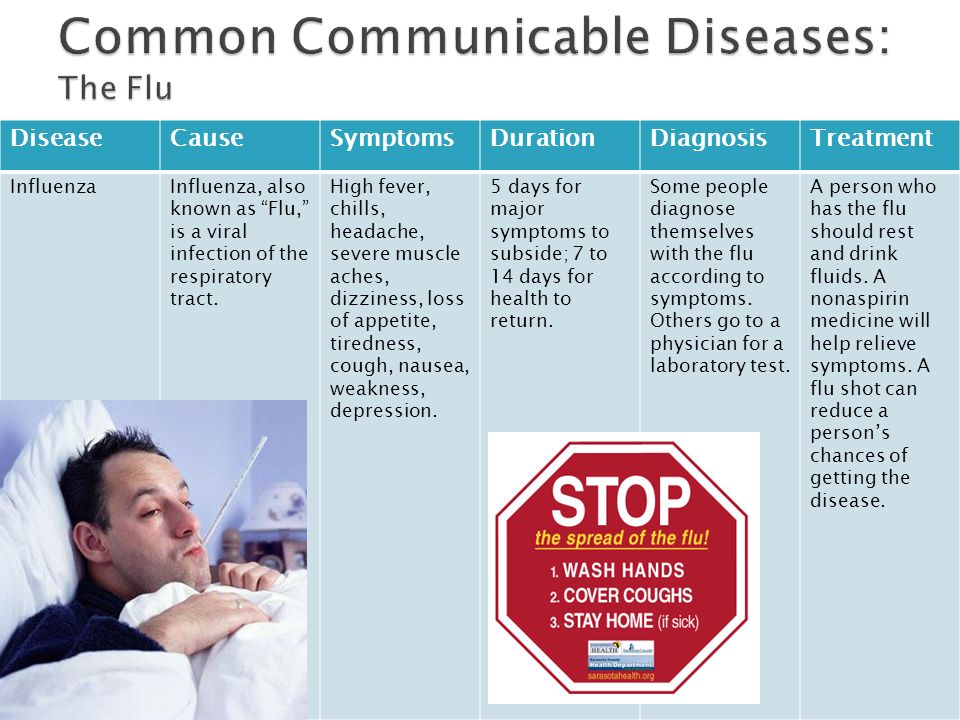 Therapy teaches when feeling anxiety for no reason, how to get rid of acute attacks of anxiety, relax, look at life situations differently. The doctor will help to uncover the main causes of your fears and work them out. The patient receives the tools to overcome anxiety and uses them successfully. Cognitive-behavioral therapy is usually used: in the course of treatment, the patient encounters an object of concern and gradually gains confidence that he can control the situation.
Therapy teaches when feeling anxiety for no reason, how to get rid of acute attacks of anxiety, relax, look at life situations differently. The doctor will help to uncover the main causes of your fears and work them out. The patient receives the tools to overcome anxiety and uses them successfully. Cognitive-behavioral therapy is usually used: in the course of treatment, the patient encounters an object of concern and gradually gains confidence that he can control the situation. -
Medical therapy. Depending on the type of anxiety and the presence of associated mental or physical health problems, antidepressants, sedatives, sleeping pills, and other drugs may be prescribed. When anxiety is felt without a cause, drug treatment will alleviate the symptoms and improve the quality of life of the patient during his psychotherapeutic work on the underlying cause. Uncontrolled medication leads to dangerous side effects and withdrawal syndrome, so they can only be used according to the individual course prescribed by the doctor.

It is recommended to use a combination of psychotherapeutic and drug treatment, but sometimes only the first one is enough.
You should not put off visiting a doctor if you feel that experiences are preventing you from living. Over time, the symptoms worsen and other severe mental illnesses join: depression, neurotic disorders, and more. If the normalization of lifestyle does not help, it means that you will understand how to get rid of unreasonable anxiety only from a psychotherapist. With a timely appeal to a competent specialist, only a few sessions of psychotherapy may be enough for recovery.
Thanks to modern psychotherapeutic approaches, hundreds of people are making great strides every day in the fight against anxiety disorders. There is no need to endure the painful burden of fear and anxiety, because timely assistance allows you to achieve excellent results: the patient will fully recover and return to a full life, and the improvement will be noticeable after the first session.
HIV symptoms, infection and spread - Udmurt AIDS Center
HIV (human immunodeficiency virus) is the virus that causes AIDS. HIV attacks the immune system by destroying the white blood cells that help the body fight infection and disease. Testing is the only sure way to tell if you have HIV. The following are symptoms that may serve as a warning that you have an infection.
Method 1 of 3: Identifying Early Symptoms
1
Determine if you are feeling very tired for no apparent reason. Fatigue can be a sign of a large number of different diseases, and it also manifests itself as a symptom in HIV-infected people. This symptom should not cause you more concern if it is the only one you feel, but it is worth thinking about in the future.
- - Extreme fatigue is not the feeling when you just want to sleep. Do you feel tired all the time, and even after a good night's sleep. Do you lie down during the day more often than usual and avoid strenuous activity because you feel low on energy.
 This type of fatigue is cause for concern.
This type of fatigue is cause for concern. - - If this symptom persists for more than a few weeks or months, testing should be done to rule out HIV.
2
Watch for fever or excessive night sweats. These symptoms often occur in the early stages of HIV, during the so-called primary or acute stage of HIV infection. Again, many people don't have these symptoms, but those who did usually felt them 2-4 weeks after contracting HIV.
- - Fever and sweating are symptoms of the flu and the common cold. If it is a cold season or a flu epidemic, you may have contracted these diseases.
- - Chills, muscle pain, sore throat and headache are also symptoms of flu and colds, but may also be signs of early HIV infection.
3
Check for swelling in the tonsils in the throat, as well as the lymph nodes in the armpits and in the groin. Lymph nodes swell as a result of infection. It doesn't happen to everyone who has early HIV, but among those who do, these are the most common.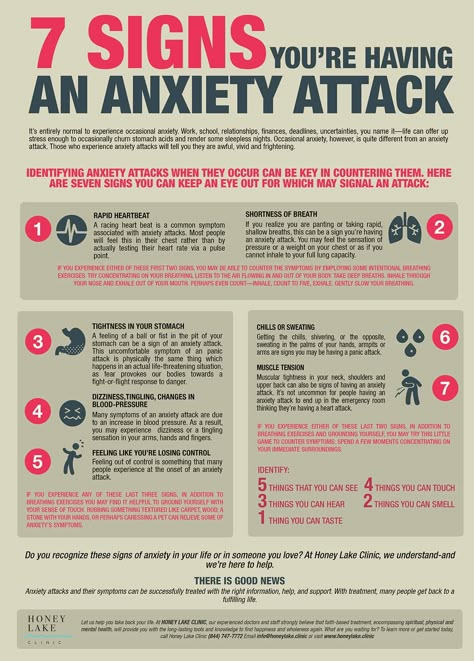
- - In HIV infection Lymph nodes in the neck tend to swell more than those in the armpits and groin.
- - Lymph nodes can swell as a result of other types of infections, such as colds and flu, so further testing is needed to make a diagnosis.
4
Watch out for nausea, vomiting and diarrhea. These symptoms can also be a sign of early HIV infection. Check if such symptoms persist for a long time.
5
Note mouth and genital sores. If mouth sores occur along with other symptoms already mentioned, and especially if you have not usually had such sores before, this may be an early sign of HIV infection. Ulcers on the genitals are also a sign that HIV infection was possible.
Method 2 of 3: Identification of progressive symptoms
1
Do not rule out dry cough. This symptom occurs in the late stages of HIV, sometimes even for many years after infection, when the virus was latent in the body.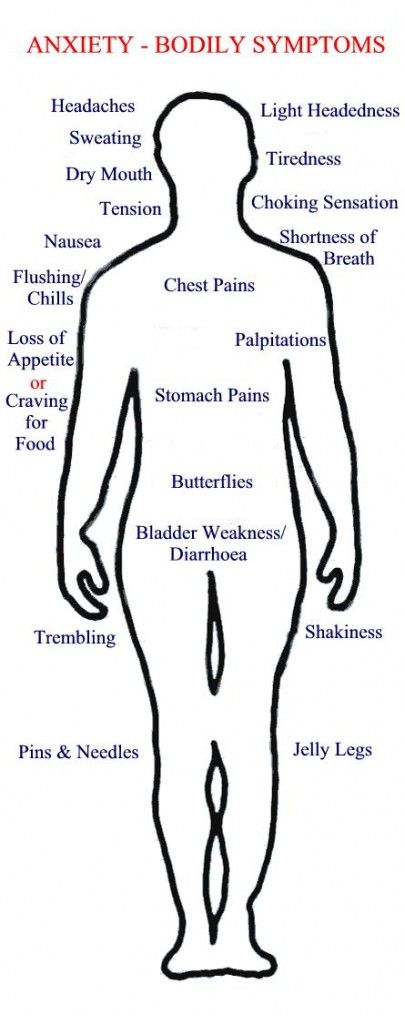 Such a seemingly innocuous symptom is easy to miss at first, especially if it occurs during the allergenic or flu season or during the cold season. If you have a dry cough that you can't get rid of with antihistamines or an inhaler, it could be a sign of HIV.
Such a seemingly innocuous symptom is easy to miss at first, especially if it occurs during the allergenic or flu season or during the cold season. If you have a dry cough that you can't get rid of with antihistamines or an inhaler, it could be a sign of HIV.
2
Look for unusual spots (red, brown, pink or purple) on the skin. Skin rashes are common in people with advanced HIV, especially on the face and torso. The rash may be inside the mouth or nose. This is a sign that HIV is turning into AIDS.
- - Flaky, red skin is also a sign of advanced HIV. Spots can be in the form of boils and bumps.
- - A rash on the body is usually not accompanied by a cold and fever. Accordingly, if you alternately experience such symptoms, consult a doctor immediately.
3
Note pneumonia. Pneumonia often occurs when the immune system is weakened for various reasons. People with advanced HIV are more likely to get pneumonia when they come into contact with germs that don't normally cause such a severe reaction.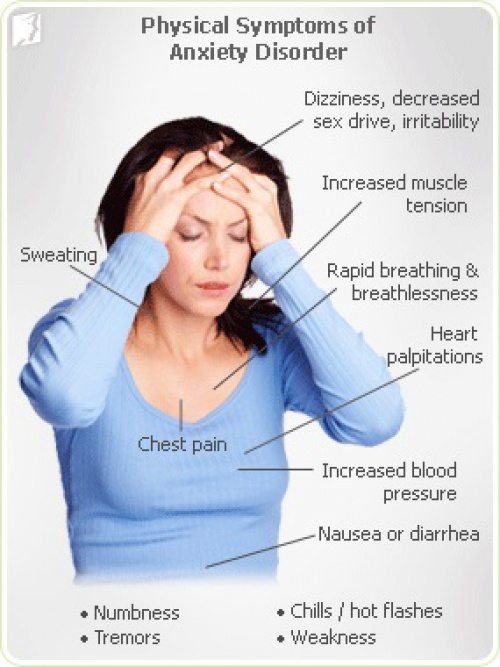
4
Check for thrush especially in the mouth. Late stage HIV usually causes thrush in the mouth called stomatitis. It looks like white or other unusual patches on the tongue or inside the mouth. This is a warning sign that the immune system cannot fight infection effectively.
5
Examine your nails for fungus. Cracked or chipped nails that are yellow or brown are a common symptom of advanced HIV. Nails become more susceptible to fungi, which the body is normally able to fight off.
6
Determine if you are experiencing rapid weight loss for no known reason. In the early stages of HIV, this can be caused by severe diarrhea, in the later stages by "atrophy", a strong reaction of the body to the presence of HIV in the body.
7
Watch out for memory loss, depression or other neurological problems. In the last stages, HIV affects the cognitive functions of the brain.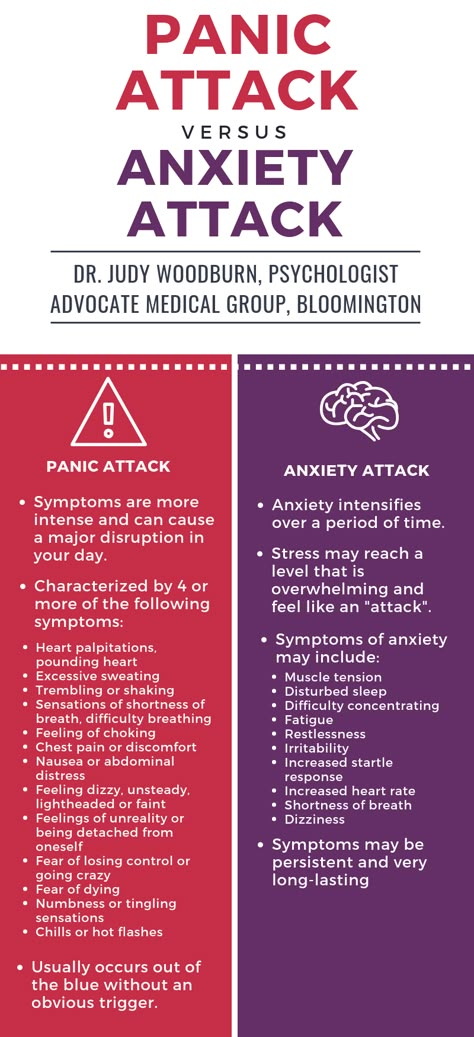 These symptoms are serious in themselves and should be investigated in any case.
These symptoms are serious in themselves and should be investigated in any case.
Method 3 of 3: HIV Data
1
Find out if you are at risk. There are several conditions that put you at risk of contracting HIV. If you have such situations, then you are at risk:
- - You have had unprotected anal, vaginal or oral sex.
- You shared needles and syringes with other people.
- - You have been diagnosed with or treated for a sexually transmitted disease (STD), tuberculosis, or hepatitis.
- - You received a blood transfusion between 1978 and 1985, years before they started testing blood to prevent transfusion of contaminated blood.
2
Do not wait for symptoms to appear before testing. Many people with HIV do not know they have it. The virus can stay in the body for more than 10 years before symptoms appear. If you have reason to suspect that you have contracted HIV, do not refuse testing because you have no symptoms.